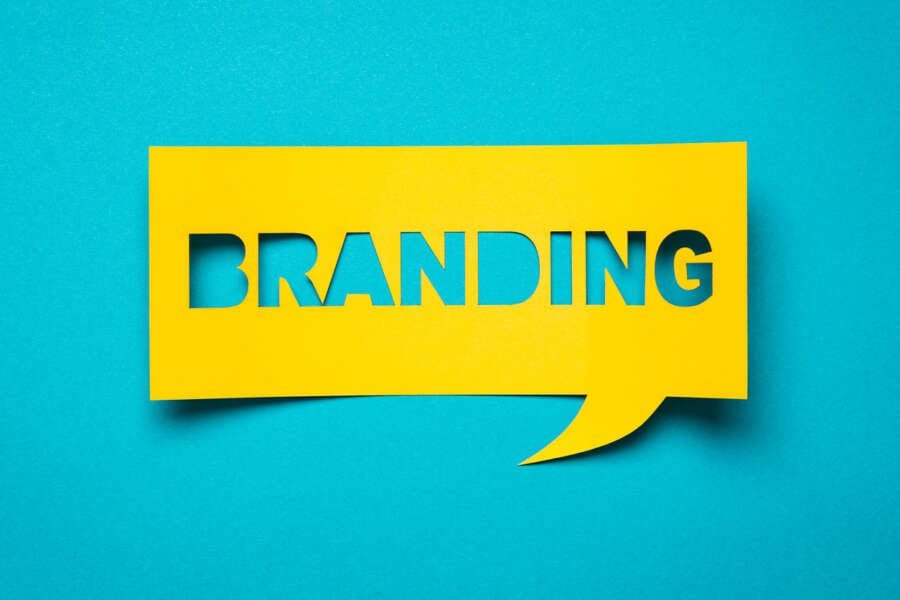
Luxury brands must be enforcement-ready to tackle counterfeiters

By Mariana Köpf is an attorney at law at European intellectual property firm, Withers & Rogers. Mariana specialises in European trade mark prosecutions.
Amazon’s decision to join the EUIPO’s Intellectual Property Enforcement Portal (IPEP) towards the end of last year is a clear sign that online marketplaces are taking the matter of counterfeiting seriously and supporting a global crackdown on the trade of illicit goods, but could brand owners be doing more to help themselves?
A long-awaited decision passed down by the Court of Justice for the European Union (CJEU) in Christian Louboutin v Amazon in 2022, has brought some clarity for brand owners about where the buck stops when it comes to third-party sellers selling counterfeit goods. The court decided that Amazon could be held directly liable for advertising the sale of fake goods by sellers using its platform. This decision was confirmed by the Regional Court of Düsseldorf last year, which held an Amazon European entity liable for design infringement of Louboutin’s red-soled shoes and issued a preliminary injunction against Amazon. This was on the basis that the standards set by the CJEU can also be applied in the context of Community design law. The CJEU’s decision is a significant step forward and other online marketplaces, such as Ebay and Etsy, are bound to take note.
Both of these developments have helped to raise awareness of the scale of the counterfeit problem and the threat it poses for luxury brand owners in particular. They are also helping to encourage greater cross-industry collaboration. The EUIPO’s IPEP is an example of such collaboration in action, bringing together policy makers, online marketplaces, customs authorities, enforcement agencies and brand owners to support the crackdown on counterfeits.
The illicit nature of the trade in counterfeit goods means it can be difficult to get an accurate picture of what is happening. However, the latest data from the Organisation for Economic Co-operation and Development (OECD) shows that in 2019, fake goods represented 6.8% of goods imported to the European Union, up from 5% in 2013. The OECD has also recently published a report revealing the ‘destination economies’ in the global trade of counterfeit and pirated goods. The US tops the list of destination economies globally; attracting the highest volume and value of imported fakes seized on entry to the EU between 2017-2019. In Europe, Germany tops the list of destination economies – almost 40% of the fake goods in small packages that were seized during this period were on route to Germany.
For luxury brand owners operating in a wide range of markets including fashion, beauty and other prestige consumer goods, it has become essential to prioritise action against counterfeiters. There are many ways to achieve this. For example, monitoring online marketplaces for IP infringement is vital and if any suspect activity is found, a take-down request should be submitted immediately.
For those trading in the EU, it is also worth signing up to IPEP. Once they have done so, brand owners can share details of their IP assets and product portfolios with the relevant customs authorities and enforcement agencies. Since it became operational in 2021, the IPEP initiative has helped many brand owners to identify counterfeiters and take action against them. Importantly, if counterfeiters were allowed to continue their activities unheeded, this could have damaging repercussions for the brand owner – increasing the risk of consumer confusion, diluting brand identity, eroding goodwill that has been built into the brand over time and ultimately impacting sales.
Any company that is exporting goods for sale in the EU can register with IPEP. As well as linking them directly to the relevant customs authorities and enforcement agencies, so that illicit products can be seized before they enter the EU, they benefit from enhanced visibility of what is happening, where, how frequently and who is responsible. This intelligence can then be used to inform their IP strategy. If the infringement activity is spread across France and Germany, the brand owner may wish to strengthen its commercial protection in the EU by layering up its European and international IP rights, to include registered designs in addition to trade marks.
Armed with access to greater knowledge about the activities of individual counterfeiters, brand owners should also be prepared to take action against them by enforcing their IP rights as appropriate. This usually involves sending a ‘cease and desist’ letter to the counterfeiter demanding that they remove the illicit products from sale. Depending on the outcome, the brand owner might then choose to take legal action.
In a bid to tackle counterfeiters, some brand owners are taking back control and adopting their own initiatives to protect their brand and their customers. Italian fashion company, Diesel, published a report last month stating that a total of 80,000 counterfeit goods were seized globally in 2023 and 27,000 listings of counterfeit goods were removed from online platforms. The company has also introduced a product authentication system which has been applied across all of its product lines since 2021. A QR code and a 12-digit numeric code gives each item a unique digital identity.
Luxury brand owners can’t afford to ignore the counterfeit problem. Tackling it proactively and making use of the take-down mechanisms is critical, and registering with the EUIPO’s IPEP may help too. Above all else, brand owners must be prepared to take action by ensuring that as many counterfeits as possible are seized and by enforcing their IP rights. Failing to do this could be inviting counterfeiters to target their brand and products in the future.


